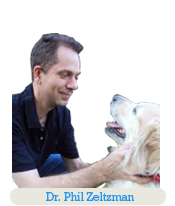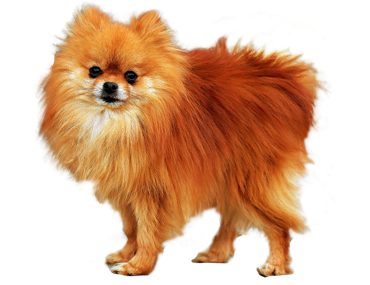
Dr. Phil Zeltzman is a mobile, board-certified surgeon in Allentown, PA. Find him online at www.DrPhilZeltzman.com. He is the co-author of “Walk a Hound, Lose a Pound” (www.WalkaHound.com).
Katie Kegerise, a Certified Veterinary Technician in Reading, PA, contributed to this article.
Cloudy, a 16-year old male Pomeranian, went to his family vet with a history of decreased appetite, vomiting and lethargy. After examining him, Cloudy's Doctor recommended blood work. The results showed a large increase in a substance called bilirubin. Normal levels are 0 to 1, and Cloudy’s bilirubin was 12. An abdominal ultrasound was then recommended to check liver and gallbladder. Ultrasound revealed a serious condition called gallbladder mucocele (pronounced “mu-co-seal”).
An abdominal ultrasound was then recommended to check liver and gallbladder. Ultrasound revealed a serious condition called gallbladder mucocele (pronounced “mu-co-seal”).
Here's a little background on the gallbladder. When an animal (or a person for that matter) consumes food containing fat, the liver produces bile to aid in digestion. That bile is yellow/brown in color and is stored and concentrated in the gallbladder before being released into the small intestine. Concentrating this substance increases its potency.
However, if there is any blockage or narrowing of the duct (or canal) leading to the intestine, the bile can become overly concentrated and too thick to pass through. This creates a traffic jam, causing bile to back up in the liver, then to the bloodstream, and then to the skin – causing jaundice. We can measure this excessive level on blood work in the form of bilirubin.
Since Cloudy's bilirubin was elevated and the ultrasound specialist diagnosed a mucocele, the best solution for resolving this problem was surgery. Mucocele surgery is a common, prettystraightforward, well-established procedure. ThereforeI had no issue performing the operation. The hesitation was more the owners' than mine.
"Age is not a disease" is a common saying in the veterinary field. The risks associated with anesthesia and surgery were not much greater for Cloudy than for a younger patient undergoing an elective procedure.
The owners had to base their decision on two determining factors. The first was quality of life. Had Cloudy lived a full and happy life up to this point? Or was this just a bump in the road to more happy years?
The other factor was financial. Did they want to spend several thousand dollars to help a 16-year old dog with no absolute guarantee of a successful outcome?
After careful consideration, they elected to pursue surgery. Mucocele surgery is a three-step procedure. First, we looked at all of Cloudy's internal organs to make sure that there were no other obvious issues.
Second, we removed the gallbladder. This is a fairly simple procedure, similar to the one performed on people.
The last critical step is to relieve the blockage in the duct. To do that, we have to open up the upper part of the small intestine where the duct empties into and rince it out.
Cloudy recovered uneventfully from anesthesia. Two tests were sent to the lab: the gallbladder for biopsy and a culture of the blocked bile to detect an infection. The day after surgery, the bilirubin level was 5 (recall, normal is 0 to 1). At suture removal, two weeks after surgery, it was 1.2 and Cloudy was feeling great!
The biopsy confirmed a gallbladder mucocele, with no sign of cancer. The culture revealed E. coli, so antibiotics were prescribed for three more weeks.
So even though Cloudy's owners had to make a difficult and emotional decision, they were of course relieved that they gave their best friend every chance to recover from a serious, but typically fixable condition.His family vet’s comment after we performed surgery was: “Cloudy’s owners are super happy. He is doing great.”
If you have any questions or concerns, you should always visit or call your veterinarian – they are your best resource to ensure the health and well-being of your pets.
